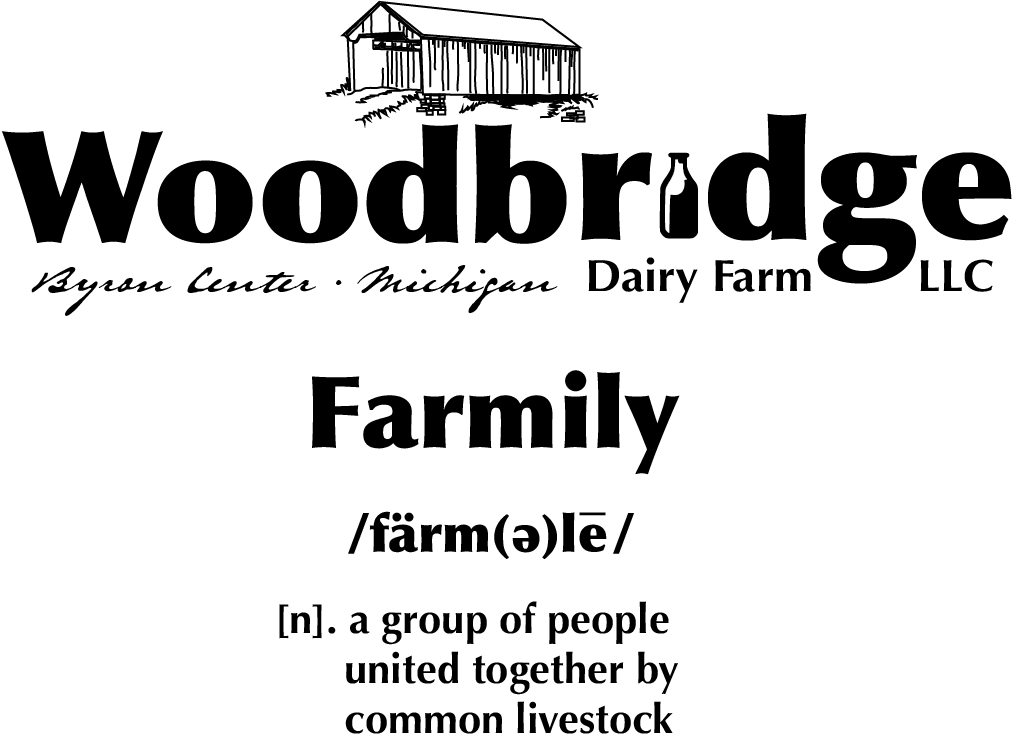Brining...wet, dry, or not to try...oh my!
It's almost Thanksgiving and the number one question I receive about fresh turkeys is: "Should I brine my turkey?" I'm going to start off saying, "I don't brine my meat." Maybe I'm lazy or I like to taste the true flavor of the turkey, without the salt juice. I do have some experience with brining. I have done both wet and dry brining and learned what I like and don't like. Here's what I have learned.
Brining Basics
- Wet brine - soaking lean meat into a salted solution over an extended period of time. Salt solutions is by weight usually 5-8% salt to liquid (water). The meat will absorb some of the liquid from the solution and that moisture will stay in the lean meat even after it's been cooked. 30-40% moisture is retained.
- How it works: Wet brine is not osmosis (a liquid that move across a membrane from a lower solute concentration to a high concentration trying to create a balance). The salt in the solution helps to stop the shrinkage of the lean meat by breaking down the muscle protein. This loosens the muscle fiber and keeps them from contacting so much during cooking.
- Problems: Wet brining requires a large pot, cooler, five gallon bucket to fully submerge a turkey in the brine. Keeping such a large vessel cool for 12-24 hours can be a challenge. The moisture that you taste in the meat is actual water from the solution and not the natural meats juices, it loses flavor.
- Texture: Plump, moist, watery juice, and spongy
- Dry Brine - Pre-salting is just plain old salting a lean mean without the liquid solution.
- How it works: This is actual osmosis working. The lean meat is salted, the salt absorbs the juice of the meat into a concentrated brine, loosening the muscle fibers allowing the lean meat to reabsorb the juices and a bit of salt.
- Problems: The lean meat can be over cooked and needs to be watched a bit closer. The meat can be over salted and become not so edible. A pink color can happen in the meat because extended salting leads to curing meat. This could be a visual problem for some.
- Texture: Plump, slightly less moist, natural juices with enhanced flavor, and denser.
Flavored Wet Brining
Broth, cider, orange juice, apple cider vinegar...this will give the brine more flavor, nope, not much. I'll explain.
- I'm not a big fan of using an acidic liquid (cider, orange juice, ACvinegar) to make brine. Why? The acid is basically "cooking" the turkey well it's in the fridge. (think tartare) Using a acidic brine will cause the bird to extremely dry out and get a weird wrinkly tough skin. Like I said not a big fan, but some like it that way.
- Broth is a better choice but it will not give the lean meat extra flavor. Why? Broth is made up of water and protein fat, add salt to the mix and the salt ions will bond with the water first leaving the fat to cling together. When this happens the fat molecules become to large to pass through the muscle membrane. The water and salt are much smaller molecules and have no trouble passing through the muscle membrane. This is why the meat has watery juice and not very flavorful. Click the link --->Broth Wet Brine Recipe
Seasoned Dry Brining
Extended salting or pre salting with extra seasonings. This would be the method I would choose to use if I wanted to brine my fresh turkey. This is about as simple as it gets, no bucket required. Click the link ---> Savory Dry Brine Recipe
I hope you have learned a little something about brining. Brining, give it a try, wet or dry.
I plan on enjoying my fresh thanksgiving turkey, the way it was raised, clean and free.
Happy Thanksgiving!
